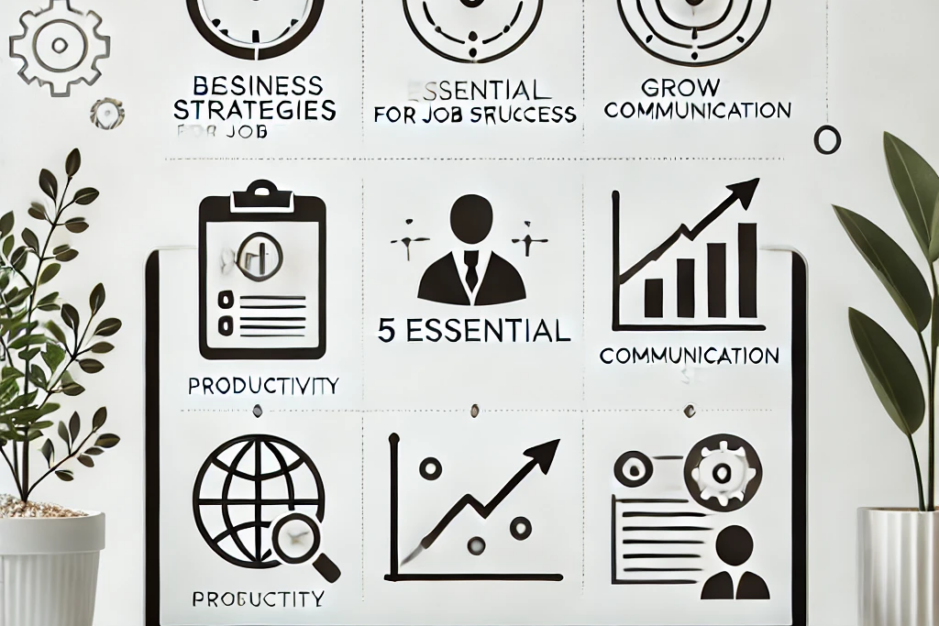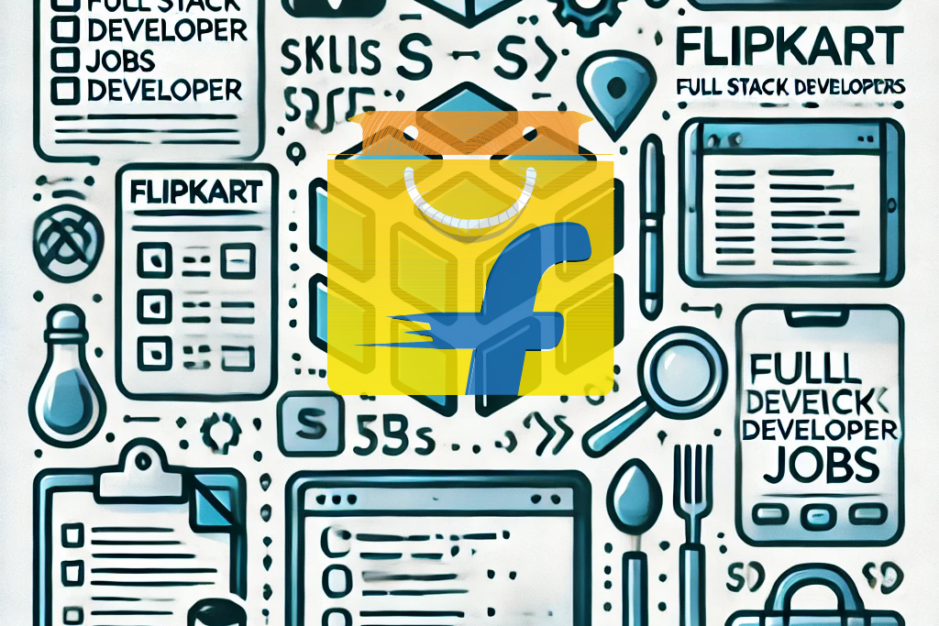Blockchain has become one of the most talked-about technologies in recent years, but for many, it still feels complicated. At its core, blockchain is a digital ledger that records transactions securely, transparently, and in a decentralized way. If that still sounds too technical, don’t worry—this blog will break it down in simple terms using relatable examples.
What is Blockchain?
Imagine a notebook where every page is a record of a transaction. Each page is linked to the previous one, forming a chain of pages. This notebook isn’t stored in one place; instead, everyone involved in the transactions has a copy. If someone tries to change one page, the others will notice the mismatch, making the system tamper-proof.
That’s blockchain in a nutshell. It’s a digital ledger that’s decentralized (spread across multiple computers) and immutable (difficult to alter).
How Does Blockchain Work?
- Recording Transactions
Whenever a transaction occurs—whether it’s sending money or transferring ownership—it’s recorded as a “block.” Each block contains details like the sender, receiver, and timestamp. - Verification
These blocks are verified by a network of computers called nodes. This step ensures that the transaction is legitimate. - Adding to the Chain
Once verified, the block is added to the chain. Every block is connected to the previous one, creating a secure and transparent record.
Real-Life Example: Sending Money Without a Bank
Think about transferring money internationally. Traditionally, banks handle the transaction, charging fees and taking time to process it. Blockchain allows direct peer-to-peer transfers, eliminating the need for intermediaries. Using cryptocurrencies like Bitcoin, you can send money to someone across the world almost instantly, with lower fees and greater transparency.
Beyond Money: Other Uses of Blockchain
Blockchain isn’t just for cryptocurrency. It has applications in various industries:
- Supply Chain: Tracking products from origin to destination ensures authenticity. For example, Walmart uses blockchain to trace food sources, making it easier to identify issues during recalls.
- Healthcare: Patient records stored on a blockchain ensure data security and seamless sharing between authorized professionals.
- Real Estate: Smart contracts on blockchain eliminate paperwork, enabling faster and more secure property transactions.
Why Blockchain Matters
The technology brings trust and transparency to systems prone to inefficiencies or fraud. By eliminating middlemen, blockchain reduces costs and increases security. Its decentralized nature ensures no single entity has too much control, making it more democratic.
If you’re intrigued by the possibilities of blockchain and want to learn how it could benefit your industry, platforms like MakeManya offer resources to explore its potential.
Conclusion
Blockchain is not as intimidating as it seems. At its heart, it’s just a secure and transparent way of recording transactions and data. Whether you’re sending money, tracking goods, or managing sensitive records, blockchain is transforming how we interact with technology and trust systems.
Understanding blockchain might feel like a leap at first, but with tools and platforms like MakeManya simplifying complex topics, you can grasp its fundamentals and start exploring its applications. In just three minutes, you now have the foundation to join the conversation about this revolutionary technology.
Thank you for reading.



